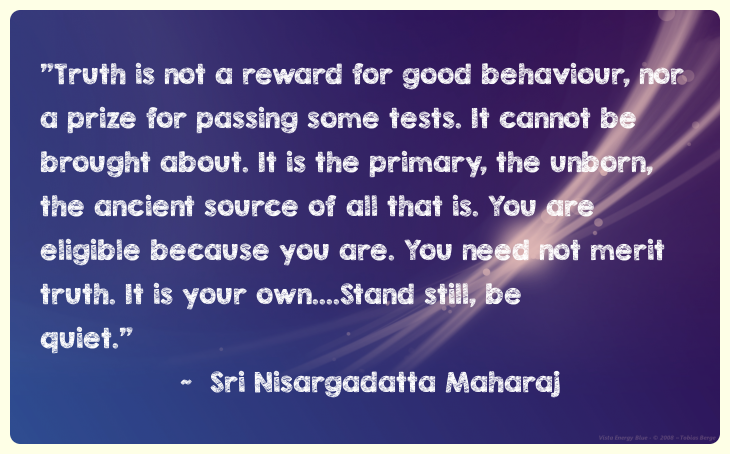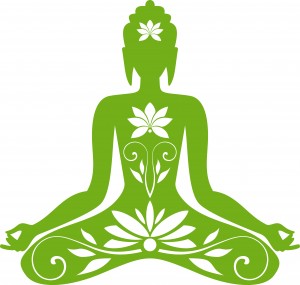Practicing Yoga Poses is not sufficient without proper food. Yoga food is based on the idea that foods must be consumed in their most natural forms in order to realize their true benefits. What we eat, not only influences our physical well being, but also our emotions and thoughts.
Upanishads said “And he knew that food was Brahman. From food all beings are born. By food they live and into food they return”. – Upanishad 3.2
Yoga Food is classified into 3 categories – Sattvic, Rajasic, and Tamasic Foods.
A sattvic diet is a yoga food. A sattvic diet avoids any foods that involve killing or harming of animals. Sattvic diets also encourage foods grown harmoniously with nature, and foods that are ripened and grown naturally. Sattvic Foods are foods that should be eaten the most and that are very easily digestible. These foods nourish the body, purify the mind and heal the imbalance in the body by generating good health, energy, vitality, vigor, mental alertness, peace and strength. These include foods rich in vitamins and minerals such as vegetables, fruits, herbs; essential dietary fiber and carbohydrates required by the body include whole and unrefined grains; protein rich foods such as legumes, nuts, seeds, dairy; natural sweeteners such as honey and raw sugar, therapeutic spices in small quantities, oil and ghee (Indian clarified butter made from Special Desi Cows) in small quantities for the required fat in the body.
Yoga also prescribes a more personalized diet according to the nature of our constitution. Food that might be favorable for someone might be harmful for a person of another constitution. It is best to consult an Ayurvedic physician to decide what kind of food is necessary for you and which should be avoided.
Three most essential yoga foods are:
1. Triphala Churna
Improves digestion,
Reduces serum cholesterol,
Improves circulation (potentiates adrenergic function),
Exerts a marked cardio-protective effect,
Reduces high blood pressure,
Improves liver function,
Has proven anti-inflammatory and anti-viral properties,
Expectorant, hypertensive.
2. Tarmaric Powder:
Turmeric powder is a bright yellow powder made by dry grinding of mature turmeric rhizomes (underground stems). The use of turmeric for coloring and flavoring food, for cosmetic purposes and for medicinal properties dates back to the ancient Vedic culture of India. Used in almost all Indian curries, this spice has almost no calories (1 tablespoon = 24 calories) and zero cholesterol. It is rich in dietary fiber, iron, potassium, magnesium and vitamin B6.
Turmeric powder has a huge therapeutic value and boosting immunity is one of the most important properties of curcumin.
3. Amala
The word “amla” is derived from the Sanskrit word “amlaki”. The tree is best known for its round, small and green fruit. The fruit has a sour and bitter taste. Except for the seed, all parts of the amla fruit are edible. It enhances immunity. It’s high in antioxidants.
 Follow
Follow






 There are hundreds of practices. The practices are flexible. It is not a rigid path. As you practice and go forward, you need to adjust and add new flavors to it. Rigidity is the only problem. If you are too rigid to the steps and practices, you can not progress much. It will be some mechanical exercises. Kundalini yoga is like good cooking, you have to learn it and modify it gradually to get the best out of it.
There are hundreds of practices. The practices are flexible. It is not a rigid path. As you practice and go forward, you need to adjust and add new flavors to it. Rigidity is the only problem. If you are too rigid to the steps and practices, you can not progress much. It will be some mechanical exercises. Kundalini yoga is like good cooking, you have to learn it and modify it gradually to get the best out of it.